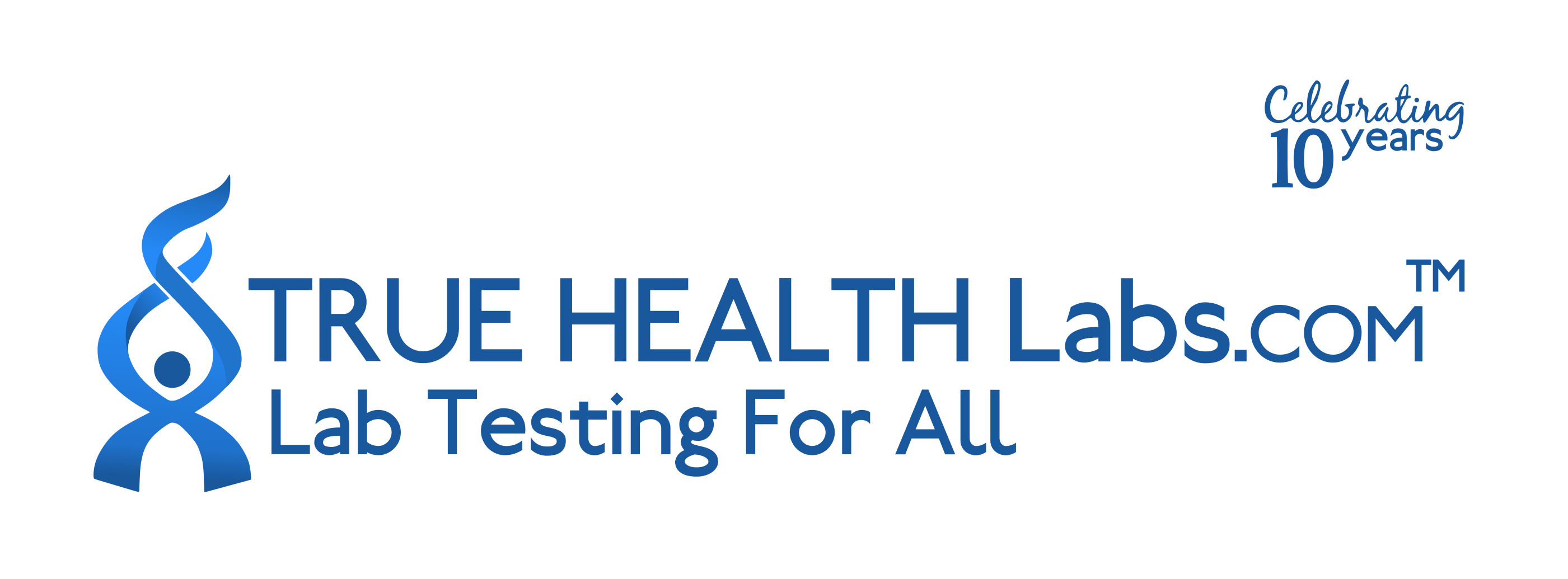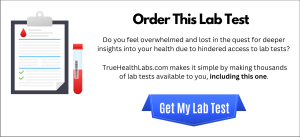Understanding the MRT Test for Food Sensitivities
What is it?
The MRT test (Mediator Release Test) is a blood test that helps identify food sensitivities. Unlike food allergies, which cause immediate reactions, food sensitivities trigger delayed inflammatory responses, which may not be noticeable for days, if at all. The MRT test measures immune system reactions to different foods and chemicals in food, helping you shape your diet with precision, reduce inflammation, and feel better.
How Does the Test Work?
The MRT test analyzes changes in the size of white blood cells when exposed to different foods and chemicals. A small blood sample is taken, and the test evaluates the release of inflammatory mediators from the white blood cells, which can cause symptoms like:
The MRT test results categorize foods into reactive, moderately reactive, and non-reactive, guiding you to foods to avoid and more importantly, what foods you can eat. The test results may surprise you since some foods that are deemed “healthy” may be highly reactive for your particular immune system.
What Makes MRT Different from Other Food Sensitivity Tests?
Unlike IgG food sensitivity tests, which measure antibody levels, the MRT test evaluates the body’s actual immune response. It provides a more functional assessment of food sensitivities by detecting inflammatory reactions rather than just antibody presence. This makes it a superior option if you are experiencing the above symptoms or even odd, unexplained symptoms.
Who Should Consider The MRT Food Sensitivity Test?
Common Symptoms of Food Sensitivities
Below are some common symptoms of food sensitivities, however, many people can have other unexplained symptoms that can be due to food sensitivities.
| Category | Food Sensitivity Symptoms |
|---|---|
| Digestive Symptoms | Bloating, Gas, Abdominal pain or cramping, Diarrhea, Constipation, Nausea, Acid reflux, IBS-like symptoms |
| Neurological & Cognitive Symptoms | Brain fog, Headaches or migraines, Dizziness, Fatigue |
| Skin Symptoms | Acne, Eczema, Rashes or hives, Itchy skin, Dark circles under eyes |
| Respiratory Symptoms (Non-Allergic) | Nasal congestion, Postnasal drip, Sinus pressure, Mild wheezing |
| Muscle & Joint Symptoms | Joint pain, Stiffness, Muscle aches |
| Mood & Behavioral Symptoms | Anxiety, Irritability, Depression-like symptoms, Hyperactivity (especially in children) |
| Other Symptoms | Water retention, Swelling, Fluctuations in weight, Increased heart rate (without allergic reaction) |
The Testing Process
How the Blood Test is Performed
A blood sample is drawn from a vein and sent to a specialized laboratory. The test assesses immune cell responses to various foods and chemicals, producing a personalized report of reactive and non-reactive items.
What to Expect During the Test
The blood draw is a simple and quick process. Some people may feel mild discomfort, but there are no major risks associated with the test. Consult your doctor if you have any bleeding disorders.
How Long Do Results Take?
Most MRT test results are reported in about 5-7 business days. Once results are available, they will be uploaded to your account, and you will receive a completion email.
Interpreting Your MRT Test Results
What Do the Results Mean?
The MRT test categorizes foods into three groups: green (non-reactive), yellow (moderately reactive), and red (highly reactive). Foods in the red category should be avoided, while yellow foods may need to be limited. Even though the MRT test results are straightforward, you’ll want to have your treating healthcare practitioner review the results. They may want you to avoid other foods on the results based on your individual case.
How Accurate is the MRT Test?
While no test is 100% accurate, the MRT test is considered one of the more reliable food sensitivity tests. However, results should be used alongside an elimination diet for the best outcomes.
Using MRT Results for an Elimination Diet
What is the LEAP Elimination Diet?
The LEAP (Lifestyle Eating and Performance) protocol is a dietary approach based on MRT test results. It systematically removes reactive foods and reintroduces them to identify triggers. You’re get a pocket card with your results so you can reference it when food shopping.
How to Use Your Results to Improve Your Diet
By eliminating reactive foods, individuals may reduce inflammation and symptoms. Working with a nutritionist can help create a personalized diet plan for long-term success.
MRT Test vs. Other Food Sensitivity Tests
How Does MRT Compare to Other Tests?
MRT testing measures actual immune responses, while IgG tests only detect antibodies. Elimination diets without testing requires trial and error, making MRT a more time-saving approach.
Related Lab Tests for Food Sensitivities
IgE Allergy Testing
Unlike MRT, IgE allergy testing identifies immediate allergic reactions. It is useful for diagnosing conditions like anaphylaxis or hay fever but not food sensitivity that can show symptoms 48-72 hours after eating.
IgG Food Sensitivity Testing
IgG tests measure antibody responses but do not indicate inflammation. While still useful in some cases, the MRT will show more of an inflammatory response.
Elimination Diet Without Testing
An elimination diet involves removing common trigger foods and gradually reintroducing them. It is a cost-effective way to identify sensitivities without lab testing but requires trial and error. The MRT test can streamline the guesswork.
Things You May Not Have Known About the MRT Test
Does Insurance Cover MRT Testing?
Coverage varies by provider. Some insurance plans consider food sensitivity testing experimental and may not reimburse the cost. Apon request, TrueHealthLabs.com can give you a superbill for you to submit to your insurance company, but we can not guarantee they will reimburse you.
Can MRT Results Change Over Time?
Food sensitivities can change due to factors like gut health, diet, and immune system function. Retesting 6 months to a year may be needed after significant dietary changes.
| Lab Test | Reference Range | Significance | Interpretation of Low and High Levels |
|---|---|---|---|
| Mediator Release Test (MRT) | Results categorized as Non-Reactive, Moderately Reactive, Highly Reactive. MRT sample report | Measures immune cell reactions to foods and chemicals to identify sensitivities. | High: High reactivity indicates a stronger inflammatory response to the tested food or chemical. Low: Low or non-reactive results suggest the food or chemical is unlikely to trigger inflammation. |
Source: MRT Oxford Biomedical Official Website
According to Journal of Food Science and Engineering, “The Mediator Release Test (MRT) has been shown to help individuals identify dietary triggers that may contribute to chronic inflammation and symptoms such as irritable bowel syndrome, migraines, and joint pain. By assessing immune cell reactions, MRT provides a functional approach to food sensitivity management.”
MRT Test Frequently Asked Questions
How reliable is the MRT test for food sensitivities?
The MRT test is considered more accurate than IgG-based tests because it measures actual immune system reactions rather than just antibody levels. However, it should be used alongside an elimination diet for best results.
How do I prepare for the test?
There are no strict dietary restrictions before the test, but staying hydrated and avoiding anti-inflammatory medications (if possible) may help ensure accurate results. Always follow your healthcare provider’s instructions.
Is there somewhere near me I can take the MRT test?
Yes, TrueHealthLabs.com will mail you your test kit. We even have the MRT test available in Canada. The test requires a blood draw performed by a local phlebotomist. The sample is then sent to a specialized lab for analysis. We can help you find MRT draw locations.
What should I do if my results show multiple food sensitivities?
If your results indicate many reactive foods, working with a nutritionist can help create a personalized elimination diet that gradually reintroduces safe foods.
References
- Fleischer DM, et al. Testing for food reactions: the good, the bad, and the ugly. Annals of Allergy, Asthma & Immunology.
- Zagni G, et al. Food Allergy and Intolerance: A Narrative Review on Nutritional Aspects. Nutrients.



